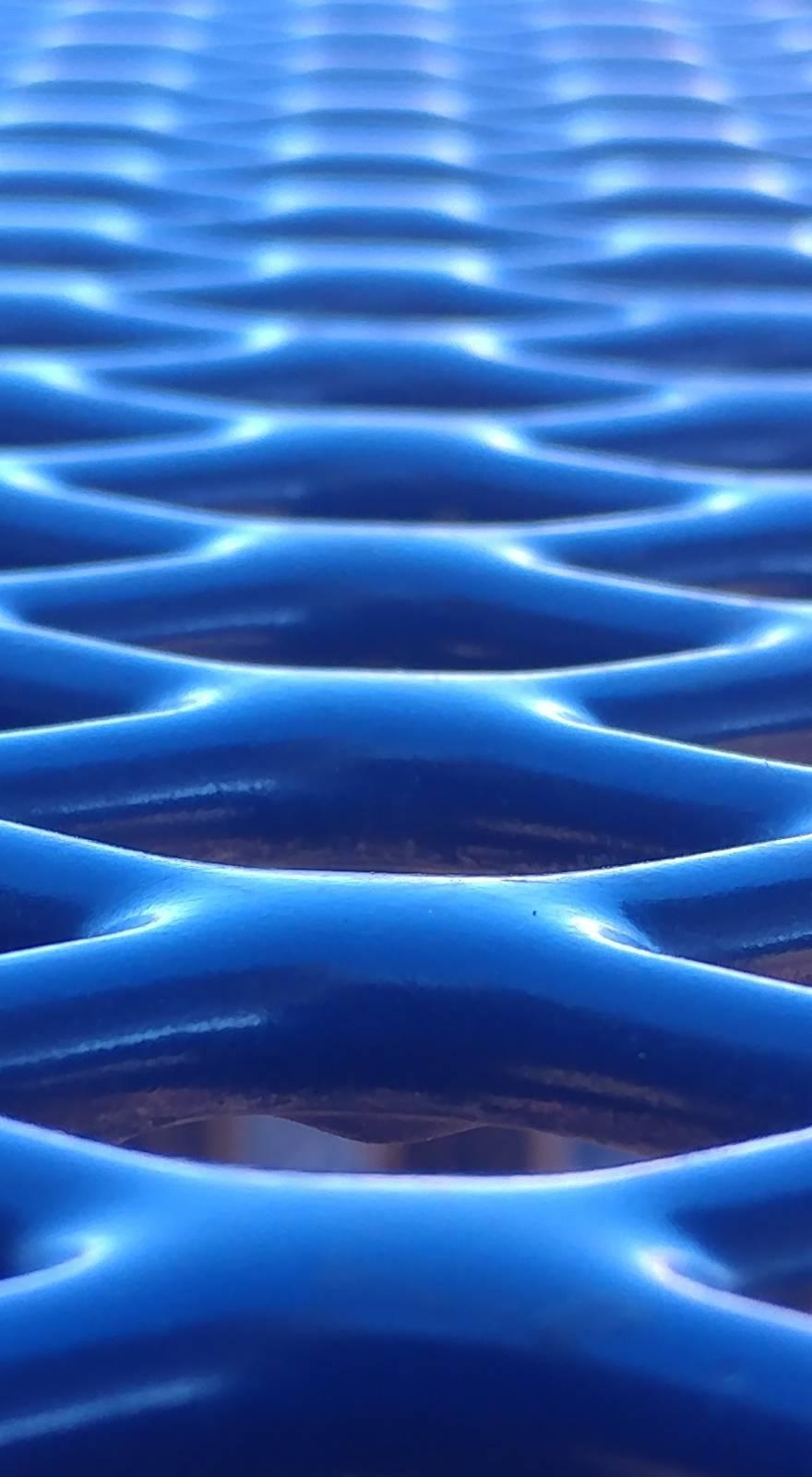Knowde Enhanced TDS
Identification & Functionality
- Chemical Family
- Polymer Name
- Technologies
- Product Families
Features & Benefits
- Materials Features
- Properties
- High strength and rigidity
- High impact strength (also at low temperatures)
- Very good dimensional stability
- High chemical resistance
- High resistance to β-, γ-, x- and infrared radiation
- High permeability of microwaves
- Self-extinguishing
- Good to sterilize
- Mediocre resistance to stress crack
- Not weather resistant
Applications & Uses
- Markets
- Applications
- Plastics & Elastomers End Uses
- Plastics & Elastomers Processing Methods
- Applications
- Parts of microwave ovens
- Blow dryer
- Humidifiers
- Food industry
- Pump wheels
- Adapters
- dosing stations, flanges and sleeves
- Pump and sealing bodies
- Valves
- Insulators
- Medical industry
Properties
- Flame Rating
- Form and Condition
- Rods. Sheets / Solid
- Odor
- Odorless
- Insoluble in
- Water
- Mechanical Properties
- Physical Properties
- Thermal Properties
- Typical Properties
- Electrical Properties
- Additional Information
| Value | Units | Test Method / Conditions | |
| Tensile Strength at Yield | 89 | MPa | ISO 527 |
| Elongation at Yield (S) | 5 | % | ISO 527 |
| Elongation at Break (R) | min. 10 | % | ISO 527 |
| Impact Strength (an) | 170 | kJ/m2 | ISO 179 |
| Ball Indentation (Rockwell Hardness) | 167 | MPa | ISO 2039 |
| Hardness | 87 | Shore D | ISO 868 |
| Modulus of elasticity (Et) | 2680 | MPa | ISO 527 |
| Value | Units | Test Method / Conditions | |
| Specific Gravity | 1.24 | — | ISO 1183 |
| Water Absorption | 0.8 | % | ISO 62 |
| Humidity Absorption | 0.3 | % | ISO 62 |
| Maximum Permissible Service Temperature | 160 | °C | UL746B |
| Lower Permissible Service Temperature | -100 | °C | UL746B |
| Value | Units | Test Method / Conditions | |
| Heat Deflection Temperature (HDT/B) | 240 | °C | ISO 75 |
| Heat Deflection Temperature (HDT/B) | 181 | °C | ISO 75 |
| Heat Deflection Temperature (HDT/A) | 169 | °C | ISO 75 |
| Coefficient of Linear Thermal Expansion | 0.55 | K-1.10-4 | ISO 11359 |
| Thermal Conductivity (20°C) | 0.25 | W/(m.K) | ISO 22007-4 |
| Glass Transition Temperature (Tg) | 188 | °C | ISO 3146 |
| Melting Temperature (Tm) | 188 | °C | ISO 3146 |
| Value | Units | Test Method / Conditions | |
| Density | 1.24 | g/cm³ | — |
| Thermal Decomposition | min. 400 | °C | — |
| Ignition Temperature | 475 | °C | — |
| Value | Units | Test Method / Conditions | |
| Volume Resistivity | min. 10^13 | Ω.cm | IEC 60093 |
| Surface Resistivity (Ro) | min. 10^13 | Ω | IEC 60093 |
| Dielectric Constant (1MHz) | 3.1 | - | IEC 60250 |
| Dielectric Loss Factor (1 MHz) | 55 | - | IEC 60250 |
| Dielectric Strength | 42 | kV/mm | IEC 60243-1 |
| Tracking Resistance | CTI 125 | V | IEC 60112 |
| Value | Units | Test Method / Conditions | |
| Bondability | Yes | - | - |
| Physiological Indifference (FDA) | Yes | - | — |
| Flammability | V-0 7) | - | UL 94 |
| Limiting Oxygen Index (LOI, 9) | 30 | % | ASTM D2863 |
Regulatory & Compliance
- Certifications & Compliance
Technical Details & Test Data
- Fire-fighting Measures
Suitable extinguishing agents
Water, foam, dry chemical, carbon dioxide (CO2).
Potential combustion products
Carbon dioxide (CO2), carbon monoxide (CO). Formation of further decomposition and oxidation products depend upon the fire conditions. Under special fire conditions traces of other toxic substances are possible.
Special protective equipment
Wear a self-contained breathing apparatus. If exposed to combustion fumes bring the victim into fresh air.
Further information
Dispose of fire debris and contaminated extinguishing water in accordance with official regulations..
Safety & Health
- Safety Measures
The general industrial safety measures should be considered. A thermal damage during machining should be avoided.
Storage & Handling
- Machining
The product can be machined with standard machinery and tools. Before machining the product should be stored at room temperature 24 h. Evacuate swarf to prevent slipping or tripping. Observe the maximum allowable concentration of dust and formaldehyd levels on the working area which apply in your country. Wear safety goggles during machining. General dust limit value: Respirable dust (6 mg/m3); Inhalable dust (10 mg/m3 ).
- Storage
The products shall be stored indoor to keep away from any source of degradation such as sunlight, UV-jets, ionizing radiation, chemicals.

